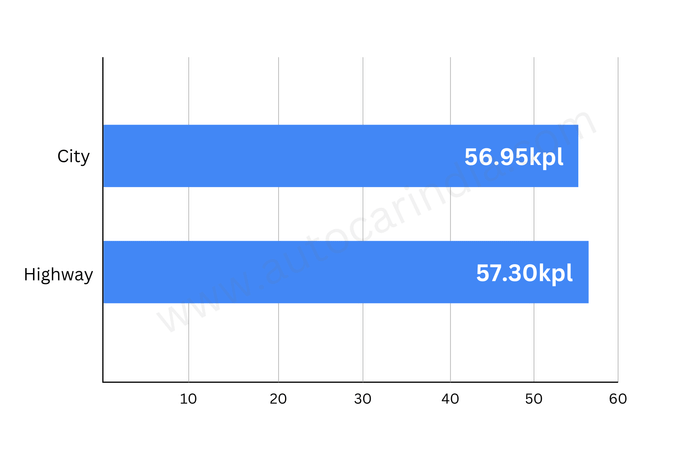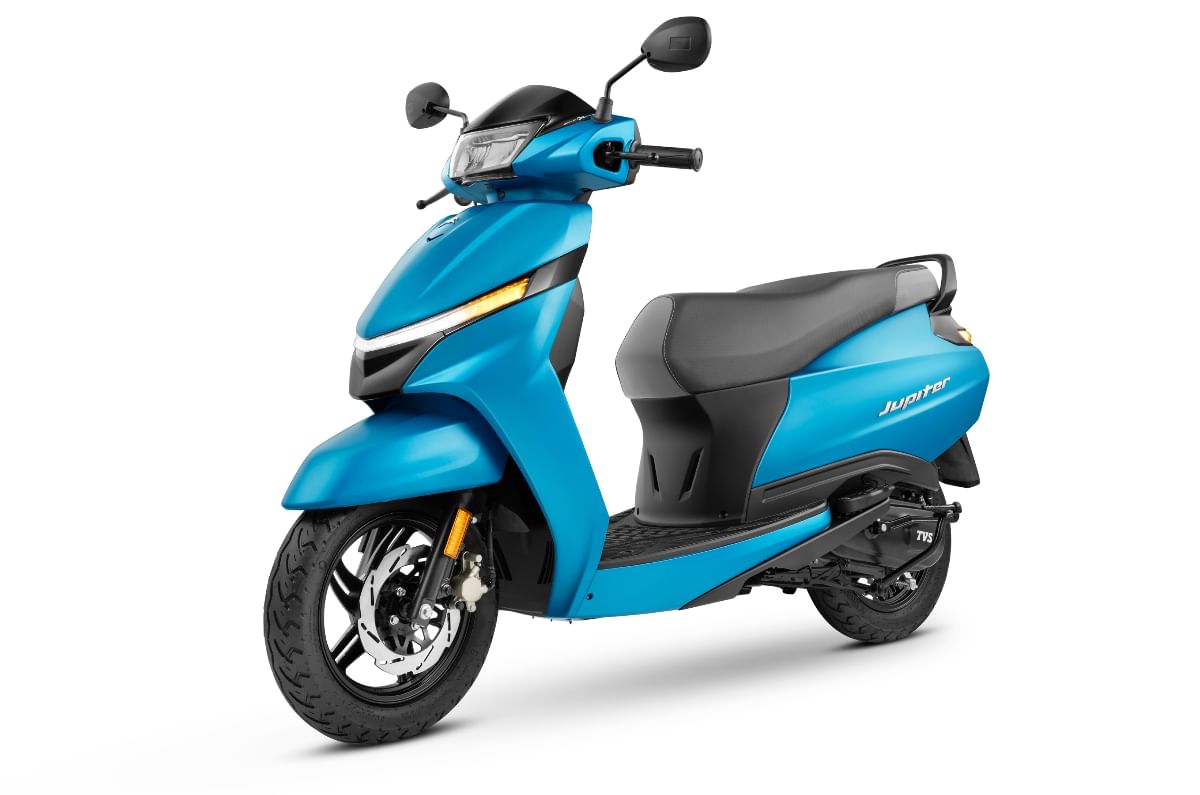TVS Jupiter real-world fuel economy tested, explained
The Jupiter 110 is based on the same platform as the Jupiter 125.
Published On Dec 28, 2024 07:00:00 AM
57,666 Views
Follow us onTVS recently overhauled its bestseller, the Jupiter 110, and now this scooter shares a lot of its fundamentals with the 125, while also packing in some new tech. Here are the mileage numbers we achieved in our real-world tests with the new Jupiter 110.
TVS Jupiter 110 real-world fuel efficiency
As is our custom, we started by running the Jupiter 110 on the highway for just over 54km, after which it took just 0.95 litres of fuel, thus achieving an impressive 57.30kpl mileage figure. Once that test was completed, we headed to the urban confines of Mumbai city, running the smaller Jupiter for a little under 50km. After that, it took 0.82 litres of fuel, which meant it returned 56.95kpl.
TVS Jupiter 110 fuel-economy analysis
The 113cc motor found in the Jupiter 110 is actually a sleeved-down version of the Jupiter 125’s engine and is rated for 8hp and 9.8Nm of torque. Of which 0.6Nm comes from the Integrated Starter Generator (ISG), which gives you a small acceleration boost when needed. TVS has also given this engine start/stop tech which kills the motor after a few seconds of idling, thereby saving fuel at long signals or when stuck in traffic jams. All of these factors come together simultaneously which helps the Jupiter eke out rather exceptional mileage figures.

Despite being a small family scooter, the Jupiter has enough poke to slice your way through big city traffic and maintain a steady 60-70kph on the highway, which was our average speed while conducting this test. Admittedly this is a little lower than what we average on most bikes, which hover around 75-80kph, but for a scooter we found these speeds mirrored the way actual consumers were using it.
Autocar India’s fuel-efficiency testing
Our fuel-efficiency testing routine starts by first brimming the tank and ensuring the scooter is running the manufacturer’s recommended tyre pressures. The scooter is then ridden on fixed city and highway routes, where we maintain pre-decided average speeds that best mimic real-world scenarios. The payload on the scooters is kept constant by balancing rider weights and ballast, ensuring consistency across different vehicles and riders. At the end of the test cycle, the fuel tank is once again filled to the brim, giving us an accurate figure of how much fuel has been consumed against the trip meter reading.
Also See: 2024 TVS Jupiter 110 review: Class Topper
Copyright (c) Autocar India. All rights reserved.






Comments
Member Login
Personal Details
No comments yet. Be the first to comment.